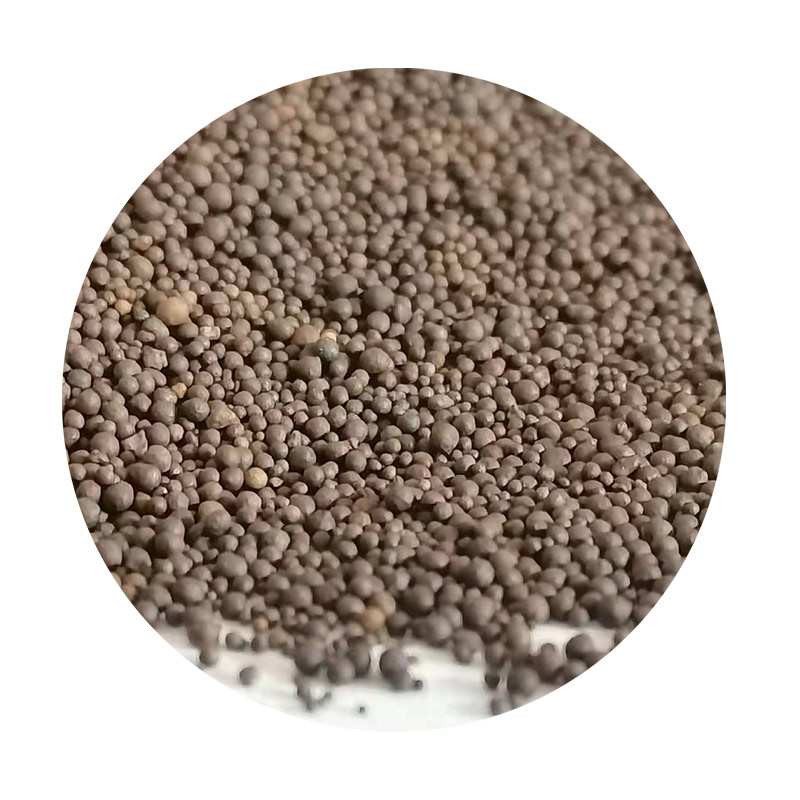The Use of Foundry Sand in Concrete
The construction industry continuously seeks innovative materials to enhance the sustainability, performance, and cost-effectiveness of concrete. One such material gaining prominence is foundry sand, a byproduct generated from the metal casting process. This article explores the benefits, challenges, and applications of using foundry sand in concrete production.
What is Foundry Sand?
Foundry sand is the granular material used in metal casting molds to create metal components. Typically composed of silica, it is known for its high strength and thermal stability. After it has been used, foundry sand is often disposed of in landfills, contributing to environmental pollution. However, increasing awareness of sustainability has sparked interest in repurposing this waste material in concrete mixtures.
Benefits of Using Foundry Sand in Concrete
1. Environmental Sustainability One of the primary advantages of incorporating foundry sand into concrete is its potential for waste reduction. By utilizing this byproduct, the construction industry can lessen its environmental footprint, diverting a significant volume of waste from landfills.
2. Cost Efficiency Foundry sand can be an economical substitute for traditional fine aggregates like river sand. The use of foundry sand can reduce material costs for construction projects, making concrete production more affordable.
3. Enhanced Properties Studies have shown that foundry sand can improve the mechanical and durability characteristics of concrete. It can enhance compressive strength, improve workability, and reduce permeability, promoting longer lifespan and resilience against environmental factors.
use of foundry sand in concrete

Challenges in Implementation
Despite its promising advantages, the use of foundry sand in concrete does come with certain challenges.
1. Quality Control The chemical composition of foundry sand can vary significantly depending on the metal casting process and the type of metal being cast. Ensuring that the foundry sand meets the specific standards required for concrete production is crucial.
2. Potential Contaminants Foundry sand may contain contaminants such as heavy metals or oils, depending on its source. Proper screening and treatment processes are necessary to ensure that these contaminants do not adversely affect the concrete's durability and safety.
3. Regulatory Standards The use of foundry sand in concrete must adhere to local regulations and standards. This necessitates rigorous testing to confirm compliance and assure that the material is safe for construction use.
Applications of Foundry Sand in Concrete
Foundry sand can be used in various types of concrete applications. It is suitable for producing precast concrete products, structural concrete elements, and even in concrete for pavements and sidewalks. With proper treatment and quality assurance, foundry sand can also be integrated into high-performance and specialized concrete formulations.
Conclusion
Incorporating foundry sand into concrete presents a sustainable solution that not only addresses waste disposal issues but also offers potential economic and performance benefits. While there are challenges to overcome regarding quality control and regulatory compliance, the advantages make foundry sand a promising alternative in the quest for more sustainable construction practices. As research continues and the industry adapts, the role of foundry sand in concrete may become increasingly significant, paving the way for innovations in material reuse within the construction sector.
Post time:Set . 15, 2024 06:01
Next:Sanding 3D Printed Objects - Perfect Your Prints with Expert Techniques
